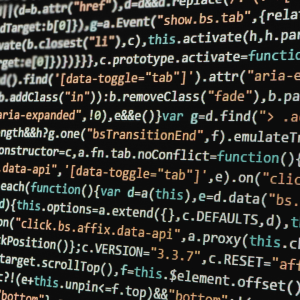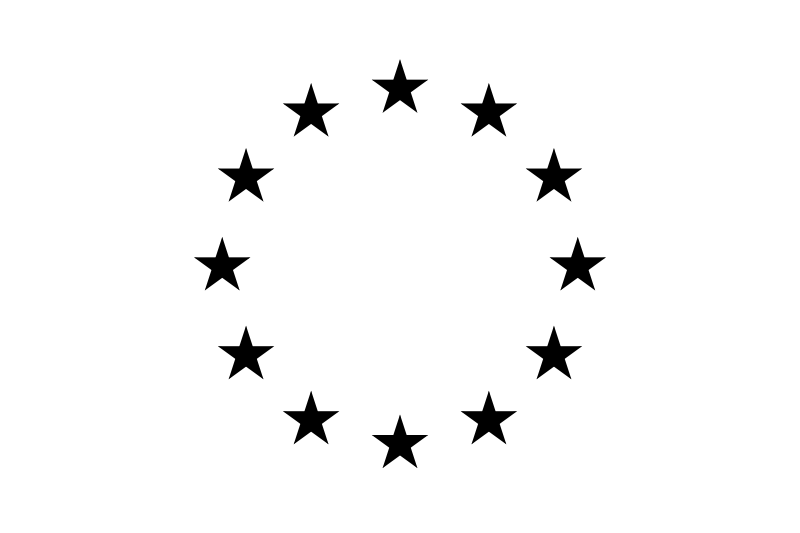DT-GEO joins the world in acknowledging the United Nations’ International Day for Disaster Risk Reduction, a crucial initiative aimed at highlighting the increasing gravity of natural disasters. This observance is more relevant than ever, as we approach a future projected to see a surge in disasters, affecting millions of lives and pushing more people into conditions of extreme poverty. It’s a day that aligns closely with the mission and vision of DT-GEO.
The Sobering Future Landscape
Based on current climate models, by the time we reach 2030, the planet could be hit by around 560 disasters each year. These disasters threaten to send an additional 37.6 million people into extreme poverty, and in a worst-case scenario, that number could rise to an alarming 100.7 million by 2030.
This year, the focus is on the crippling inequality exacerbated by disasters, a subject addressed by the United Nations Office for Disaster Risk Reduction (UNDRR). The year’s theme challenges us to battle inequality to build a more resilient future. UNDRR urges us to take concerted actions to disrupt the recurring loop of disaster and escalating inequality.
Alignment with Global Initiatives
This year’s theme falls in line with international pacts such as the Sendai Framework, designed to curb the loss of life, economic damage, and infrastructure failure due to disasters. This framework is a companion to the Paris Agreement on climate change, both of which aim to achieve the United Nations Sustainable Development Goals.
DT-GEO: A Catalyst for Change in Disaster Risk Management
DT-GEO operates at the cutting-edge of geophysics and supercomputing. The project harnesses the capabilities of high-performance computing to model, analyze, and ultimately mitigate various geohazards. By creating community-centric codes and executing pilot projects, DT-GEO is committed to tackling the urgent scientific challenges magnified by climate change and social inequality. Our contributions are vital in breaking the cycle between natural disasters and deep-rooted inequality.




